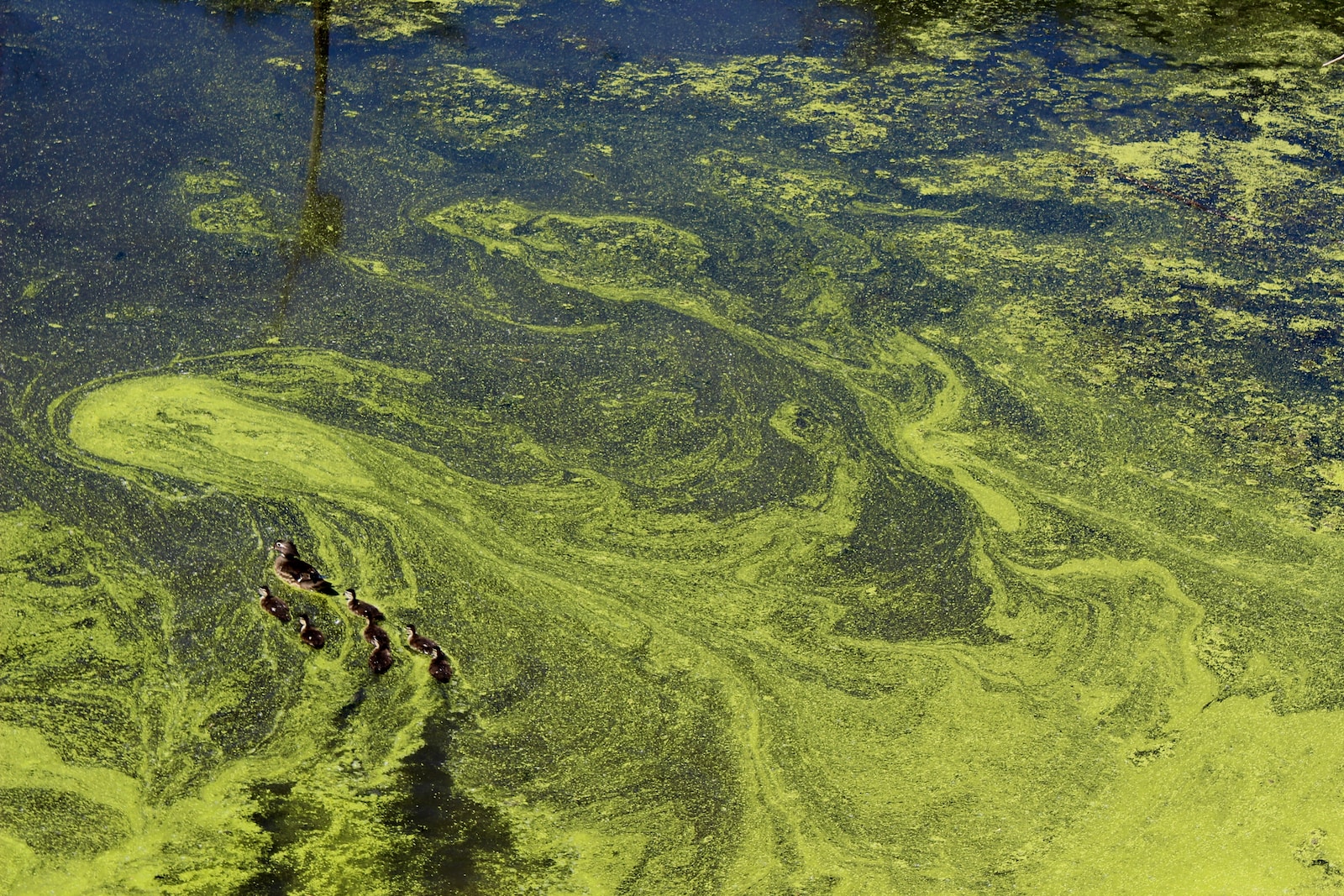Table of Contents
ToggleIntroduction
A harmful algae bloom off California is thought to be poisoning dolphins and sea lions. El Niño may make such events more common—but not everywhere in the US. Here’s what you need to know.
Why are algae blooms becoming supercharged?
Algae blooms have been supercharged in recent years by agricultural pollution and global warming. The returning climate pattern known as El Niño raises the likelihood of toxic algae outbreaks on the US West Coast.
What are the dangers?
Toxic algae can cause nausea, vomiting, and skin irritation in humans, and can kill dogs and marine animals exposed to it. Severe blooms can force fishermen to shut down their operations due to risks to food safety. The National Oceanic and Atmospheric Administration (NOAA) estimates that nationwide, such events cause about $82 million in losses for the US seafood, restaurant, and tourism industries.
What’s the impact of El Niño?
El Niño is set to cause more weather turmoil, test power grids and disrupt the global supply chain. Experts say its effects on algae outbreaks will vary considerably from place to place and species by species.
How will this affect the West Coast?
On the West Coast, blooms of algae harboring a toxin that can poison humans and animals are more likely to occur under El Niño’s influence. Domoic acid — produced by Pseudo-nitzschia algae — is believed to have killed hundreds of sea lions off California in June alone. El Niño is also expected to push blooms of Pseudo-nitzschia further up the Pacific coast, to areas that have rarely experienced the problem let alone prepared for it.
What about Florida?
For Florida, El Niño is more of a wild card. Higher temperatures, intensified rainfall, and suppressed hurricane activity associated with the pattern all play roles in the growth of algae, making it challenging to assess the overall impact.
What’s the situation in the Great Lakes region?
Projections for the Great Lakes region are more positive. Lake Erie will likely experience milder-than-average blooms. A dry spring is expected to spare the fishing hub from a massive outbreak, according to a forecast released by NOAA last week.
What are scientists doing?
Around the country, scientists have stepped up their efforts to predict and monitor when and where harmful algae blooms, providing insights for businesses and communities hoping to lessen the damage. However, “it’s difficult to predict accurately beyond several days,” says Raphael Kudela, a phytoplankton ecologist at the University of California at Santa Cruz.
Conclusion
In conclusion, toxic algae blooms are a serious threat to both human and animal health, as well as to fishing and tourism industries. El Niño is set to make such events more common, but the impact will vary depending on the location and species. Scientists are working hard to monitor and predict these events, but predicting them accurately beyond several days is difficult.







